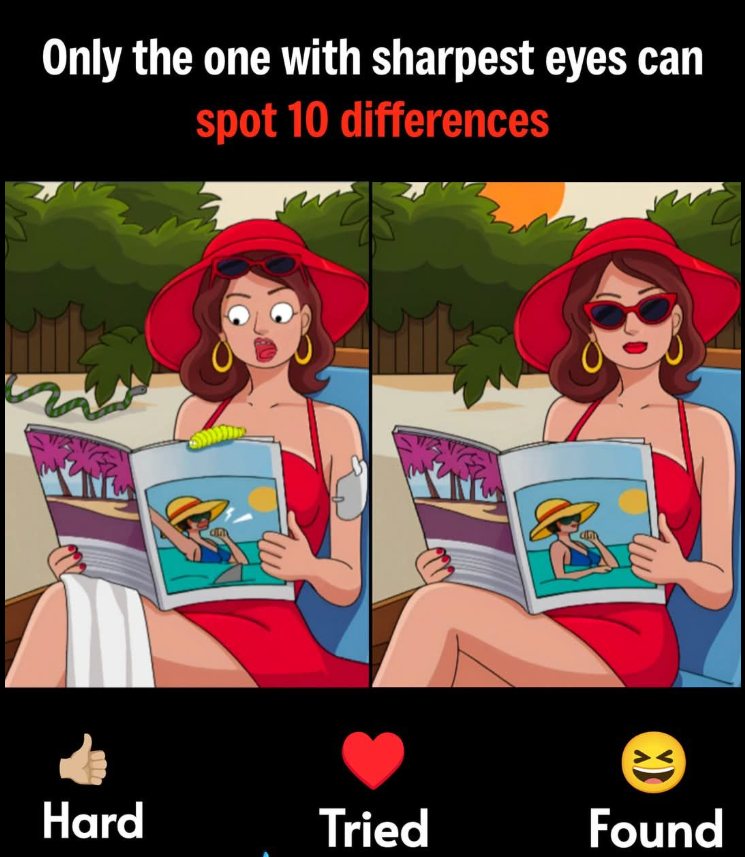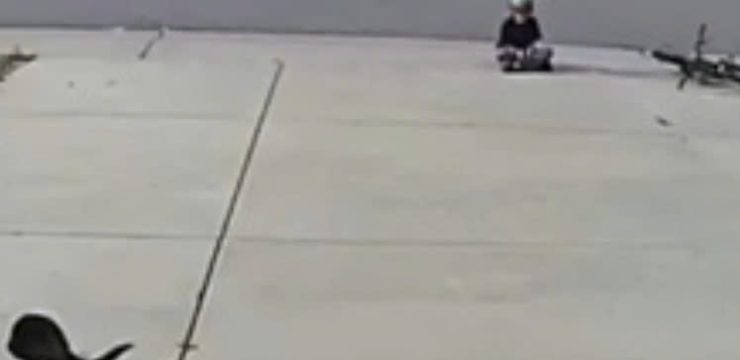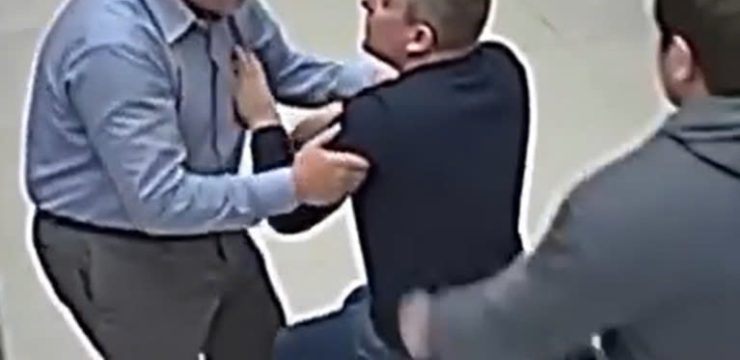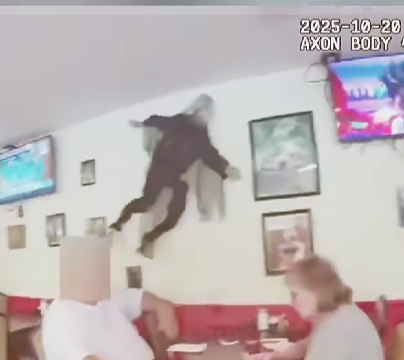Are you ready to put your observation skills to the ultimate test? This fun and colorful cartoon puzzle might look easy at first glance, but don’t be fooled—it hides 10 sneaky differences that only the sharpest eyes will be able to catch. With two nearly identical images placed side by side, the challenge is to find the small, almost invisible changes between them.

Think you’ve got what it takes? Look closely, focus, and maybe even zoom in, because this brain teaser is designed to trip you up with its subtle tricks. Many people get frustrated or give up because they’re looking for major changes, but that’s the wrong approach. This kind of puzzle is all about the little things—tiny color shifts, object placements, and small design alterations that your brain is trained to overlook. One of the reasons this puzzle is so tough is because your brain naturally assumes both images are exactly the same. This mental shortcut is called cognitive ease, and it causes you to skim over details rather than truly inspect them.
That’s why solving “spot the difference” puzzles is such a powerful brain exercise—it forces you to slow down, focus, and observe like a detective. So let’s get into it. Here are the 10 differences between the two pictures that so many people miss. First, the sunglasses. In the left image, they rest on top of the woman’s hat. In the right image, they’ve vanished from the hat and are now being worn. Next, check her lips. On the left, she looks surprised with her mouth open. On the right, her lips are closed in a calm smile. In the background, the sun plays a sneaky trick. You’ll see an orange sun between the palm leaves in the right image, but it’s missing in the left. Now shift your focus to the magazine she’s holding. On the left, the woman on the cover is sitting up, while in the right image, she’s lying down.
That tiny green caterpillar crawling on the magazine in the left image? It’s completely gone in the right. Look at the woman’s right arm. On the left, she’s wearing a white armband. But in the right image, it’s mysteriously missing. The design on the chair behind her also changes. On the left side, the armrest features a swirly pattern. On the right, it’s just plain and simple. Pay attention to her lap. There’s a white towel draped across it in the left image, but it’s nowhere to be seen in the right one. Her earrings also differ—the left pair has a dark center, while the right pair has a bright yellow center.
And finally, her fingernails. While all of them are painted red in both images, her thumb nail on the right image is unpainted, whereas in the left, it’s red like the rest. So, how many did you spot? If you found only one to three, you’re just getting started—slow down and look closer next time. If you got four to six, you’ve got a decent eye for detail. If you nailed seven to nine, you’re well above average. And if you found all ten, congratulations—your observation skills are top-notch and you’re in the elite 1% with eagle vision. What makes puzzles like this more than just a game is their ability to sharpen your brain.

Regularly solving visual challenges improves concentration, visual memory, pattern recognition, and attention to detail. It’s basically a workout for your brain without needing a treadmill. That’s why they’re often used by teachers, psychologists, and brain training apps to enhance cognitive performance. These puzzles also remind us how easy it is to miss small details in everyday life. We live in a fast-paced world where skimming and scrolling have become the norm. “Spot the difference” challenges force you to slow down and actually see—not just glance. So next time you’re bored or need a break from mindless screen time, pull up a brain teaser like this one. Not only will you have fun, but you’ll also be doing your brain a big favor. Give yourself a challenge. You never know what hidden detail might be waiting to be discovered, just beyond the surface.





